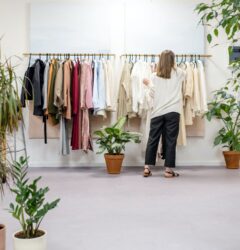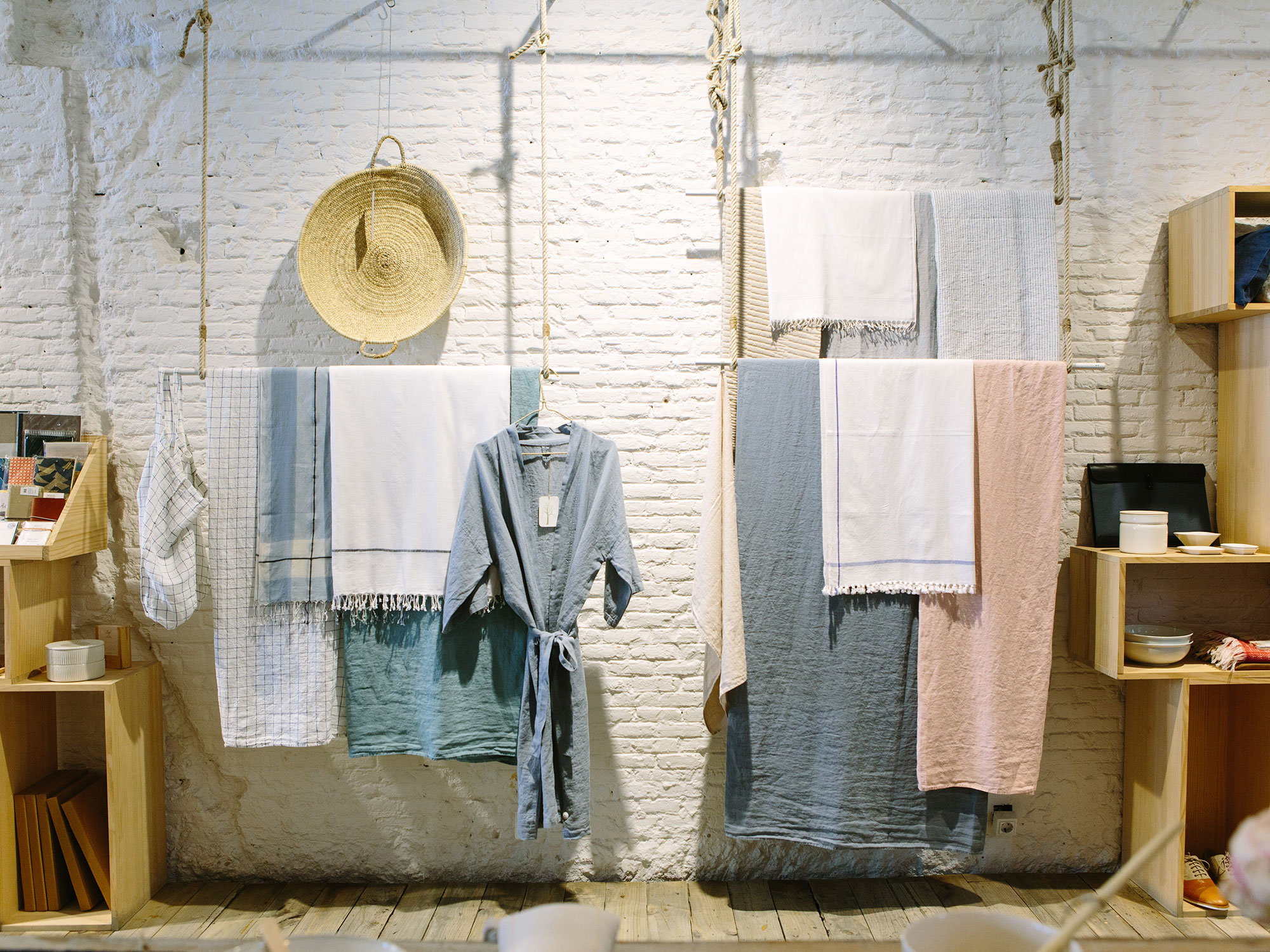
Wholesale can be a very lucrative side of business, if you play your cards right. It’s not hard, in fact, you can get started with wholesale as a small business owner at any point of your business journey!
To start, what is wholesale anyways? Wholesale is when you sell your products to another business, at a price much lower than your typical retail amount. This is because the business will then resell your products.
Why is this beneficial? When you sell B2B (business-to-business) you’re opening the door to an entirely new group of customers that you wouldn’t normally come across. Or, at least it will take a longer amount of time to get there without wholesale. B2B relationships help expand your business’s presence while also giving you a profit in the meantime.
It’s common to wholesale to brick-and-mortar shops, I mean, who doesn’t love seeing their products on a shelf in person? But, it’s also common to wholesale products to online stores and other businesses who don’t have a physical presence. Don’t sell yourself short by only considering one or the other – there’s a whole world of options out there for you!
How to Determine Wholesale Pricing
Figuring out wholesale pricing is pretty easy. Simply take your COGS x 2. COGS, what’s that? COGS stands for cost of goods sold. Which translates to: what does it cost you to create your product?
Lucky for you, Inventora helps with calculating this!
Aside from the cost of materials used to create the product, make sure you also factor in any labor costs, such as paying yourself and employees. Every cent associated with the creation of the product must be taken into account. This is to ensure that you receive the profit that you deserve.
Sidenote while we’re on the topic of pricing: your retail cost is COGS x 4. This is typically what you will state as your MSRP (manufacturer suggested retail price) when selling wholesale.
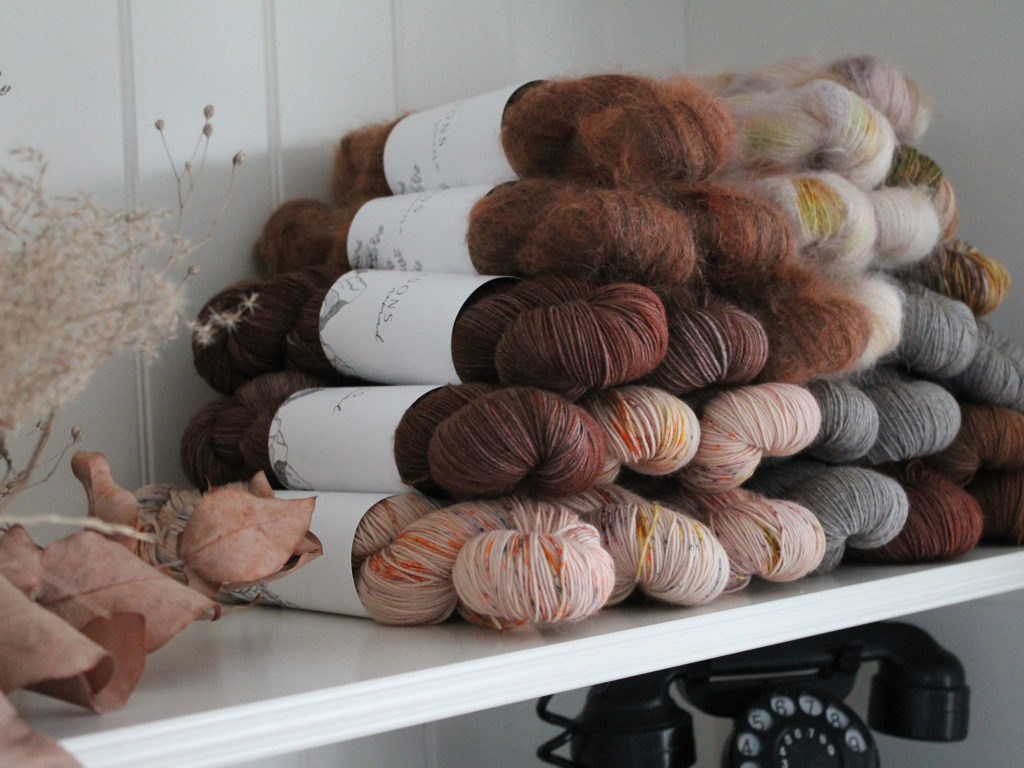
Assets Needed for Wholesale
You could totally gain a wholesale order just through casual conversation, but it’s usually not this easy. Usually more information is requested before a business sends their first PO (purchase order) to you.
Linesheet: a linesheet can be simply in a spreadsheet. It’s a document that lists each product you offer, line by line. Included is the wholesale price per unit, case sizes, case prices, and any other additional information you think is necessary for ordering.
I, personally, have created linesheets for my home fragrance shop and also include the descriptions of each scent in addition to the typical ordering information.
Catalog: a catalog is basically a fancier linesheet. Same information, just laid out in a more appealing way. You can create these on your own or use a design platform, such as Canva.
Much like the name suggests, catalogs are simply magazine versions of linesheets. The big difference here is including a picture of each product. You can be as creative as you’d like with catalogs.
By all means, you can definitely get away with securing a wholesale order without either of these assets. But you’ll make up for it in needing to be more attentive with communicating the same information.
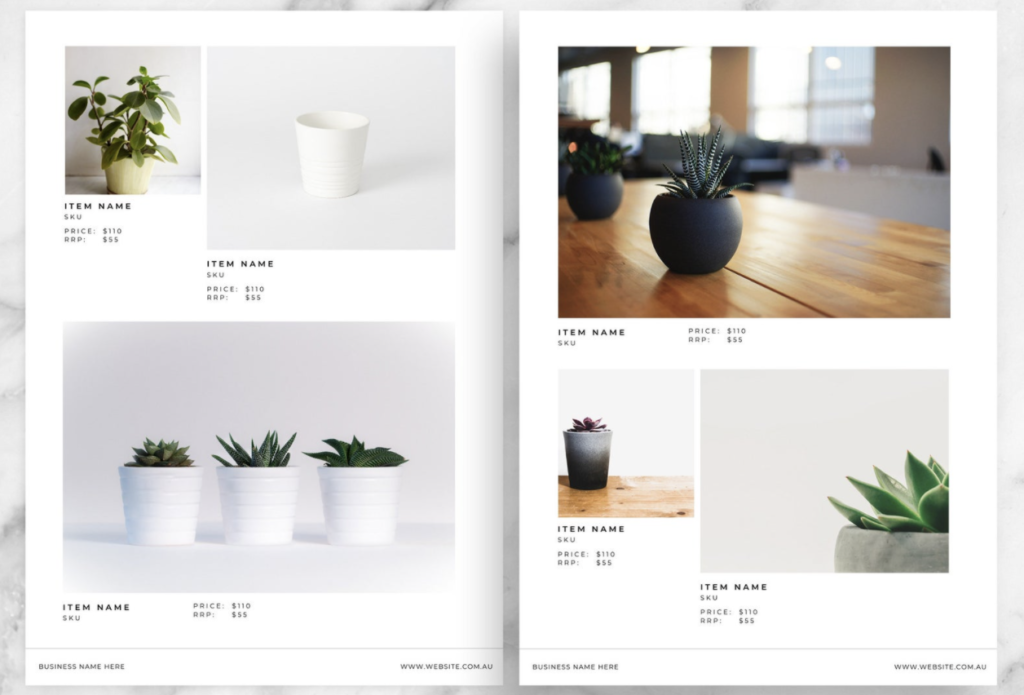
What are Case Sizes?
Again, you can be as flexible as you want – after all, this is your business. But the general standard within the retail industry is having set case sizes. This can be requiring that a business buys 10 of your wooden hand-carved coasters to be considered at the wholesale price. Since selling wholesale results in a much lower profit margin, it makes sense to sell in bulk to gain a comparable profit to retail sales.
I recommend setting your case sizes based on how the products are shipped. Does it make sense to ship 6 together for safety or 12? But also consider the work and effort put into creating these products. Maybe you sell handmade furniture, for large pieces it’s often found that these are sold individually due to the amount of time it takes to make one.
Case sizing is situational, and ultimately it’s your decision.
In addition to case sizes, you’ll often find that businesses sell wholesale with minimums required. This may be a requirement that you only consider wholesale if the buyer purchases at least X amount of cases of product. Or you set a minimum purchase amount such as $150. Meaning that in order for someone to buy your product at wholesale, they have to buy enough quantity of it to spend $150.
Again, this is all up to you and it’s really only a set rule for your shop if you want to ensure you make a certain amount of profit each time. Some people don’t put case sizes or minimums in place, and that’s completely okay.
Where to Sell Wholesale
Now that you’ve got your standards all set, and your assets ready to share, where do you begin?
Personally, I think connecting with other businesses on a personal/relationship level is always best. Whether that’s meeting with them in person or reaching out to people you already know. I’ve said it before and I’ll say it again: people buy from people. The odds of someone buying from you is statistically more likely when they know you.
However, forming a relationship takes time and I know you’re ready to sell now. So, there are other options out there in the meantime.
Websites like Faire and Handshake help put your products front and center for wholesale purchasing. These websites are made to connect retailers to wholesalers. And it’s simple to get started. Just upload your product photos, add their prices, maybe a description, and you’re good to go!
I’m not saying you’ll get sales through the roof by being on these platforms, but they certainly can help drive traffic to you and help you be discovered by someone ready to purchase which helps getting started with wholesale as a small business owner
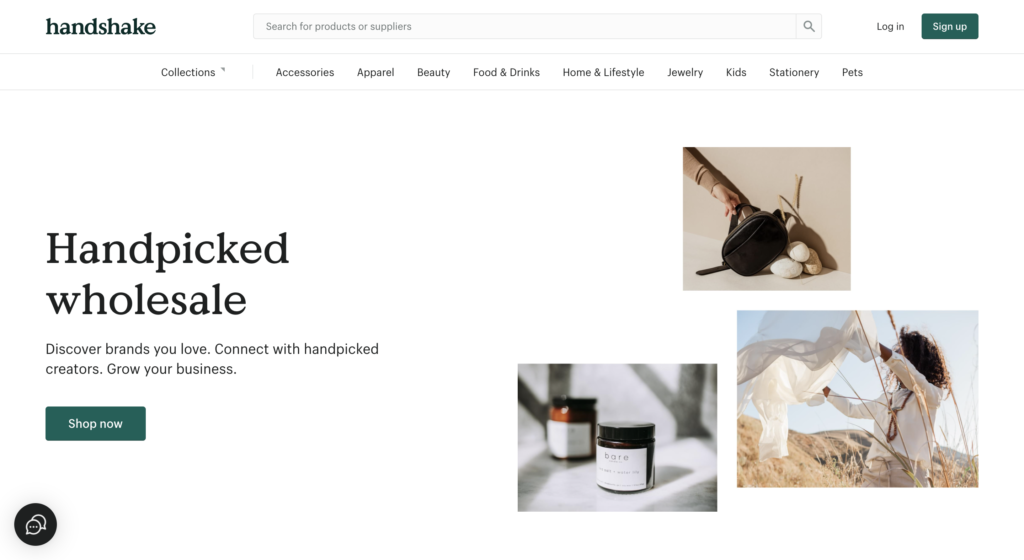
Hopefully this guide helps you to getting started with wholesale. It’s really not as intimidating as it sounds to get started with wholesale as a small business owner in a niche industry. If there’s one thing to take away from this, it’s to ensure your wholesale pricing is set correctly. Do not undercut yourself for the sake of a sale, you deserve to make a full profit with each product you sell.
What else would you like to know about wholesale? Tell us in the comments, or DM us on Instagram!
